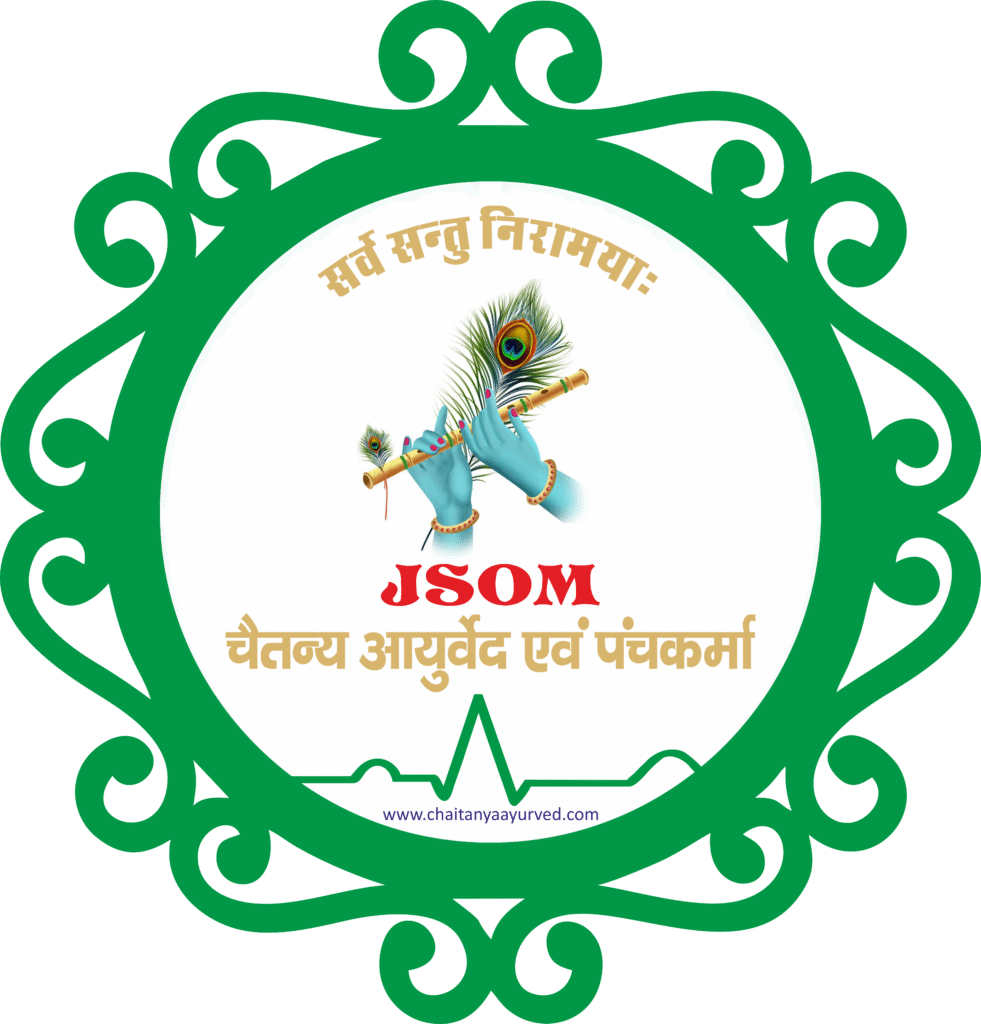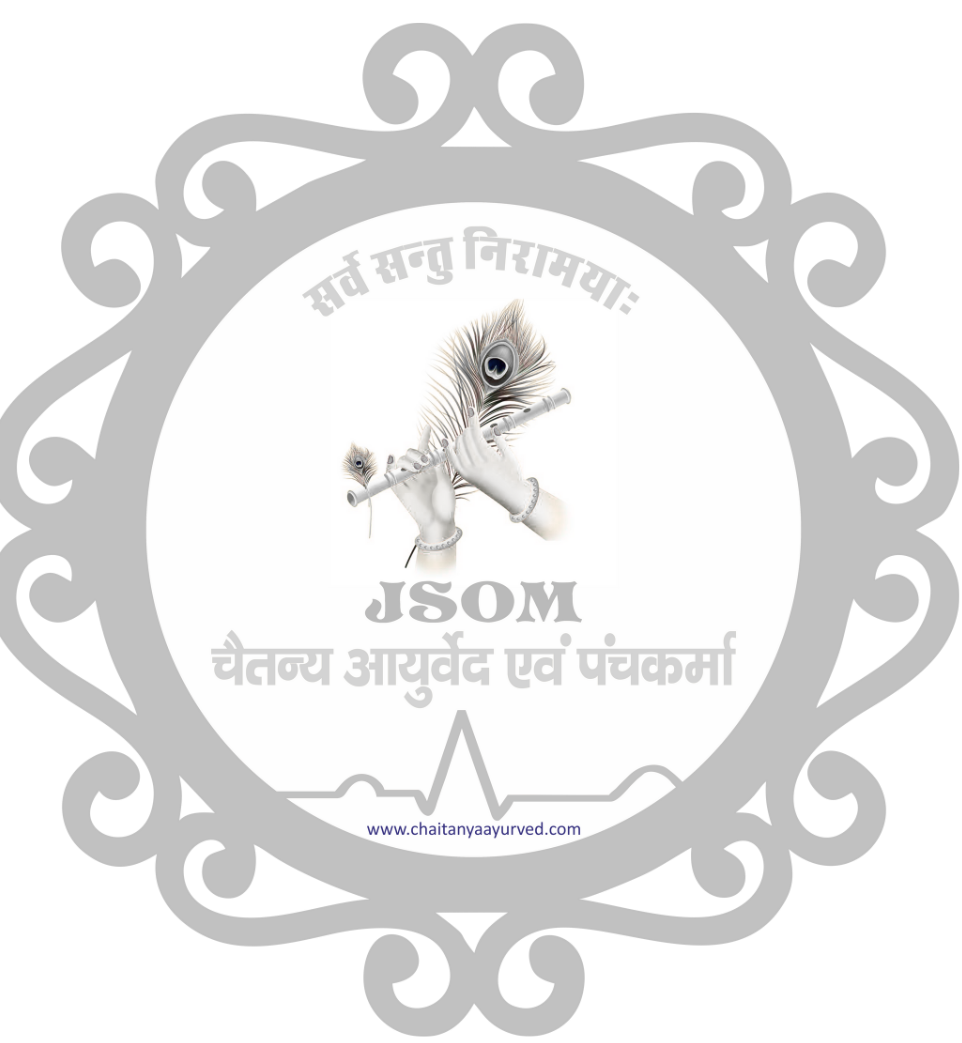Virechana Therapy

Virechana Therapy
Virechana is one of the five main detoxification therapies in Panchakarma.
It is a therapeutic purgation process used to remove excess Pitta dosha and associated toxins from the small intestine, liver, and gallbladder.
It works through controlled bowel cleansing using herbal laxatives under medical supervision.
It is particularly beneficial for Pitta-related disorders such as skin diseases, jaundice, acidity, migraine, and liver problems.
Types of Virechana
Samsodhana Virechana (Detoxification Purgation)
Complete cleansing of the intestines and liver.
Samsamana Virechana (Palliative Purgation)
Mild purgation to control symptoms without deep detoxification.
Anulomana
Gentle stimulation of bowel movement to relieve constipation.
Mridu Virechana
Soft purgation, especially for weak or elderly patients.
Tikshna Virechana
Strong purgation for severe toxin accumulation (only for strong patients).
Benefits of Virechana Therapy
Cleanses liver, gallbladder, and intestines.
Improves skin conditions (psoriasis, eczema, acne).
Reduces acidity, heartburn, and hyperacidity.
Balances hormones and metabolism.
Improves digestion and appetite.
Enhances mental clarity and emotional stability.
Typical Session
1. Poorva Karma (Preparation Stage) – 3–7 days
Internal Oleation (Snehapana) – Drinking medicated ghee/oil to loosen toxins.
External Oleation (Abhyanga) – Oil massage.
Swedana (Steam Therapy) – Brings toxins toward the digestive tract.
2. Pradhana Karma (Main Procedure) – 1 day
Performed in the morning on an empty stomach.
Herbal purgatives like Triphala, Avipattikara Churna, or Eranda Taila (castor oil) are given.
Induces multiple bowel movements until complete cleansing.
3. Paschat Karma (Post-Care) – 3–7 days
Samsarjana Krama – Gradual diet progression from rice gruel to normal food.

